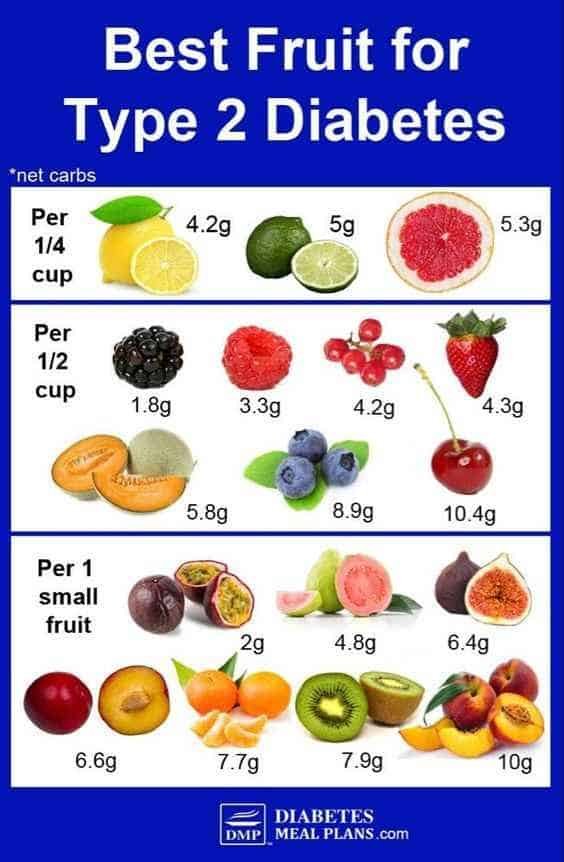Nutritious food and physical exercise are critical components of a balanced lifestyle, especially when you are a diabetes patient. Following a nutritious diet plan and being active will help you keep your blood glucose level, commonly known as blood sugar, within your goal range, among other things. To control your blood glucose, you must balance what you eat and drink with physical exercise and, if necessary, diabetic medication.

What you eat, how much you eat, and when you eat are all essential factors in keeping your blood glucose level within the range recommended by your doctor. Getting more active and changing your eating and drinking habits might be difficult at first. It could be simpler, to begin with, minor adjustments, and seek assistance from your doctor and loved ones.
Benefits of healthy eating
Eating healthily and exercising most days of the week will help you stay within your goal ranges for blood glucose, blood pressure, and cholesterol. Additionally, diabetic issues can be avoided or delayed, allowing you to reduce weight or maintain a healthy weight. You will also feel better and have more energy and will be able to do your work with optimum efficiency.
Food to eat
You may be concerned that having diabetes would force you to give up things you like. The good news is that you may still consume your favorite foods, but you may have to eat them in smaller quantities or less frequently. Your doctor will assist you in developing a diabetic meal plan that is tailored to your specific requirements and preferences. The key to eating well with diabetes is to consume a wide range of nutritious meals from all food categories in the proportions recommended by your doctor.
Blood sugar levels can be raised by both sweet and starchy carbs, but people can choose to eat these foods in the correct amounts as part of a well-balanced diet. It’s critical for diabetics to keep track of the overall quantity of carbs in their meals. Carbohydrate requirements vary depending on a number of factors, including a person’s level of activity and medicines such as insulin.
Veggies & Fiber
Green leafy vegetables are foods that are high in vitamins, minerals, and other nutrients. They have a negligible effect on blood sugar levels. For patients with diabetes, eating a high-fiber diet is crucial because fiber slows down digestion. Slower nutrition absorption helps to keep blood sugar levels steady. In this scenario, whole grains are an excellent choice for a meal.
Omega 3
Fatty fish is also a nutritious complement to any diet. Omega-3 fatty acids are abundant in fatty fish. Beans are also a great meal choice for diabetics. They are a good source of plant-based protein and can help people lose weight by reducing their carbohydrate intake.
Fruits
Also, fruits of any kind are great food for diabetes patients. Especially berries and those fruits which are high in vitamin C can help a great deal in lowering the blood sugar levels. Try to avoid fatty foods and eat more vegetables and fruits to have a healthy life.





